Advertisement
Job Interview Outfit Tips
Advertisement
First impressions matter a great deal, especially during a job interview. People subconsciously react to visual cues, often without realizing it. This means your attire plays a significant role in how a hiring manager perceives you. The old saying, "less is more," is excellent advice when deciding what to wear. Keep jewelry minimal—perhaps just a watch or small earrings. Apply light makeup and choose professional hairstyles. While answering questions thoughtfully and showing genuine interest is crucial, looking your best is equally important.
When to Wear Business and Professional Attire
If you're interviewing for a leadership position or any role within a formal business environment, always opt for professional attire. For men, this includes a suit jacket, dress shirt, tie, and slacks. Women should consider dress slacks or a knee-length skirt paired with a blouse, either with or without buttons. Under no circumstances should you wear casual items like t-shirts, jeans, or sneakers to a professional interview. After all, you want to convey seriousness and respect for the opportunity.
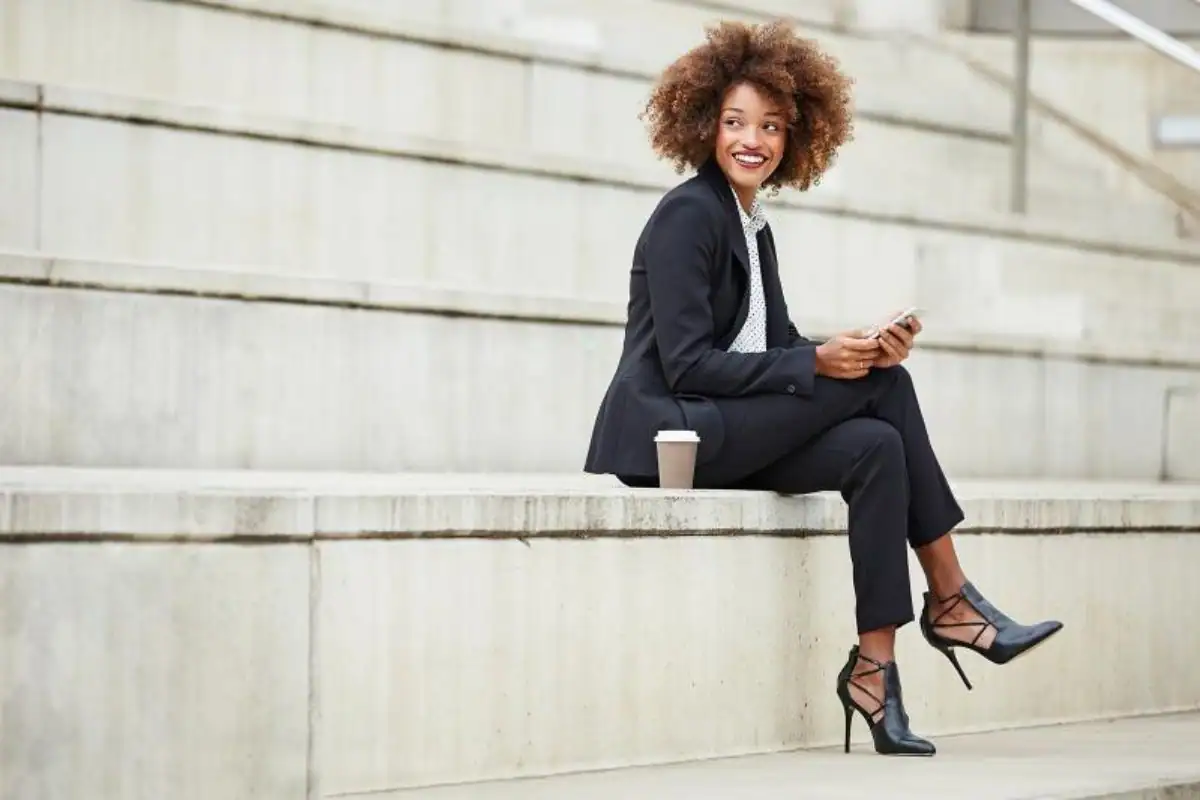
Advertisement
When to Wear Business Casual Attire
Business casual is appropriate when interviewing for non-managerial positions or in more relaxed work settings. For women, acceptable options include dress slacks, skirts, blouses, or sweaters. Jackets and hosiery are optional but can add a polished touch. However, avoid flip-flops or overly casual footwear. Men might choose button-down shirts, dress slacks, and dress shoes; ties are optional. Polo shirts, shorts, and jeans also fall under business casual but should be worn thoughtfully, ensuring they still look neat and professional.
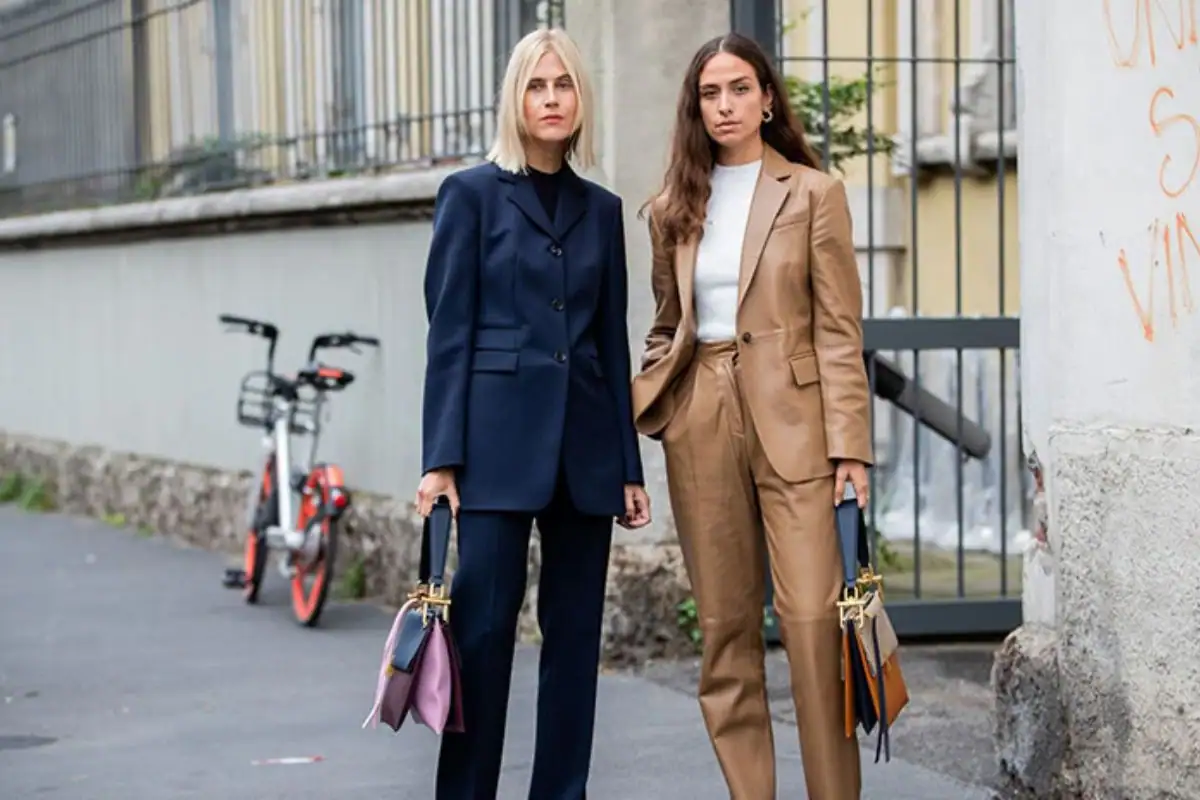
Advertisement
Understanding Casual Interview Attire
Casual attire doesn't mean sloppy; it consists of clean, well-fitting pants and shirts that reflect good hygiene. For instance, leave your old, worn-out t-shirts or ripped jeans at home. Casual attire is acceptable for interviews at startups, fast-food restaurants, or convenience stores. The key is to look presentable while fitting the company's culture. Remember, even in a casual setting, it's better to be slightly overdressed than too casual.
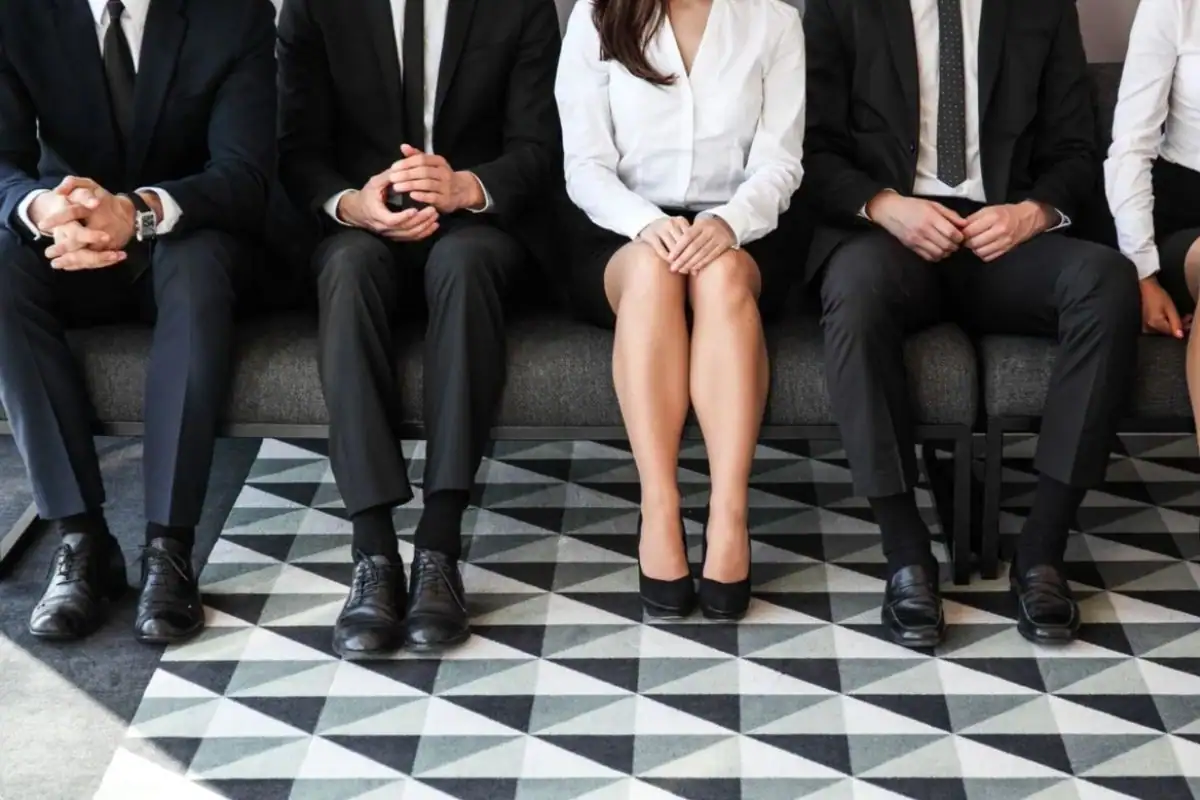
Advertisement
Tick to Neutral Colors for Interview Attire
Regardless of the position you're applying for, wearing neutral colors helps make a solid impression. Shades of black, blue, gray, and white are safe choices. Steer clear of flashy patterns like checks or polka dots. You don't want your attire to distract the interviewer from your responses or demeanor. Save the bright colors and bold prints for social events. After all, you want them to remember you, not your outfit.
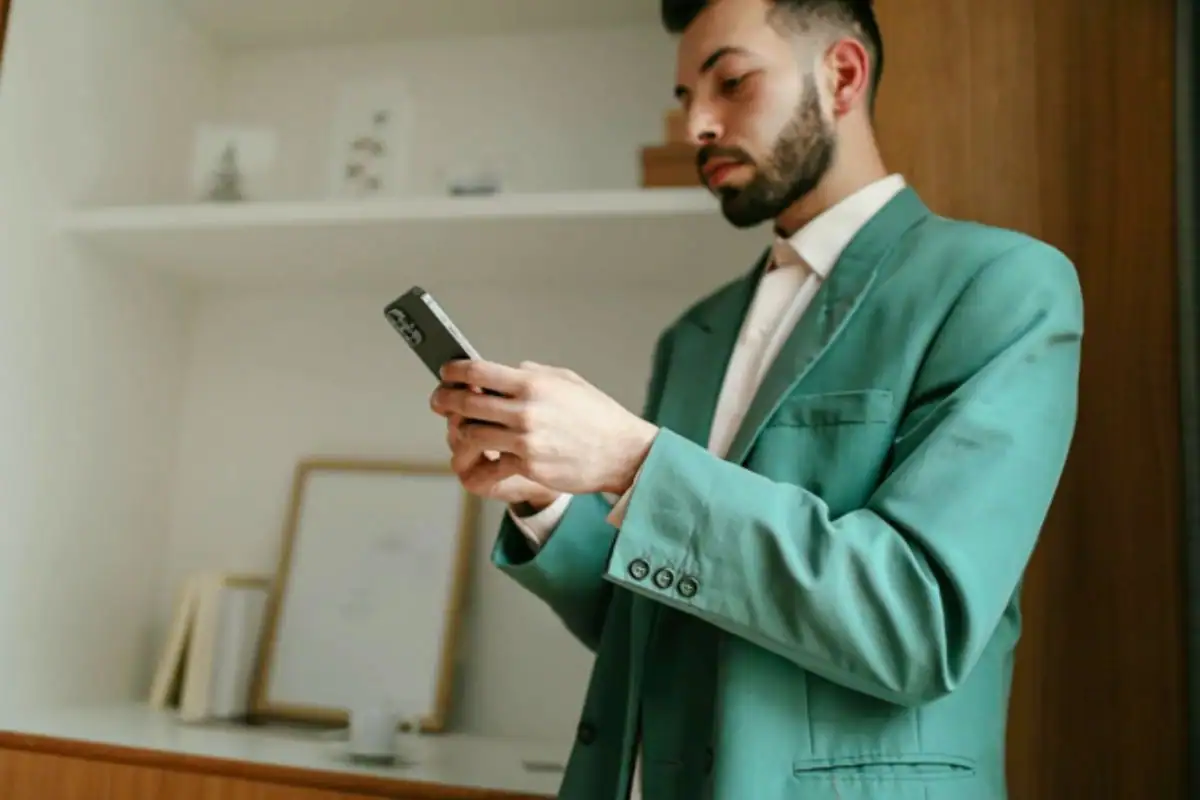
Advertisement
Should Women Wear Skirts or Pants?
Women aren't limited to skirts or dresses in today's workplace, and this flexibility extends to interviews. If you choose to wear a skirt or dress, ensure it's knee-length and in a neutral color. Avoid low-cut designs to maintain professionalism. Sleeveless dresses are acceptable during appropriate seasons, especially when paired with a light sweater or blazer for a polished look. Ultimately, comfort and confidence are key.
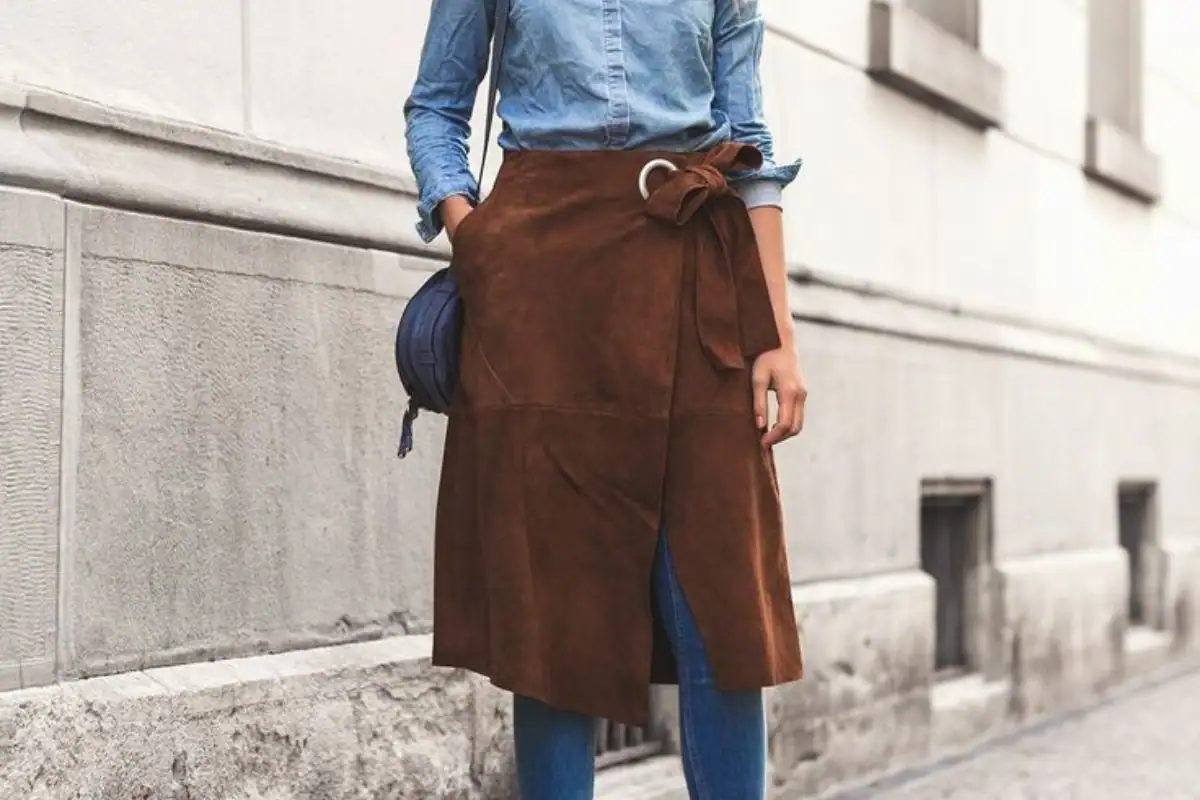
Advertisement
Should Men Wear Slacks or Jeans?
While new jeans or khakis might look clean, they're not always suitable for an interview. For positions in construction, manufacturing, or skilled trades, wearing new, unwrinkled jeans without holes can be acceptable. However, in most cases, dress slacks are the safer bet. The main point is to wear attire that shows you understand the company's culture and values. Dressing appropriately demonstrates respect for the organization and the opportunity.
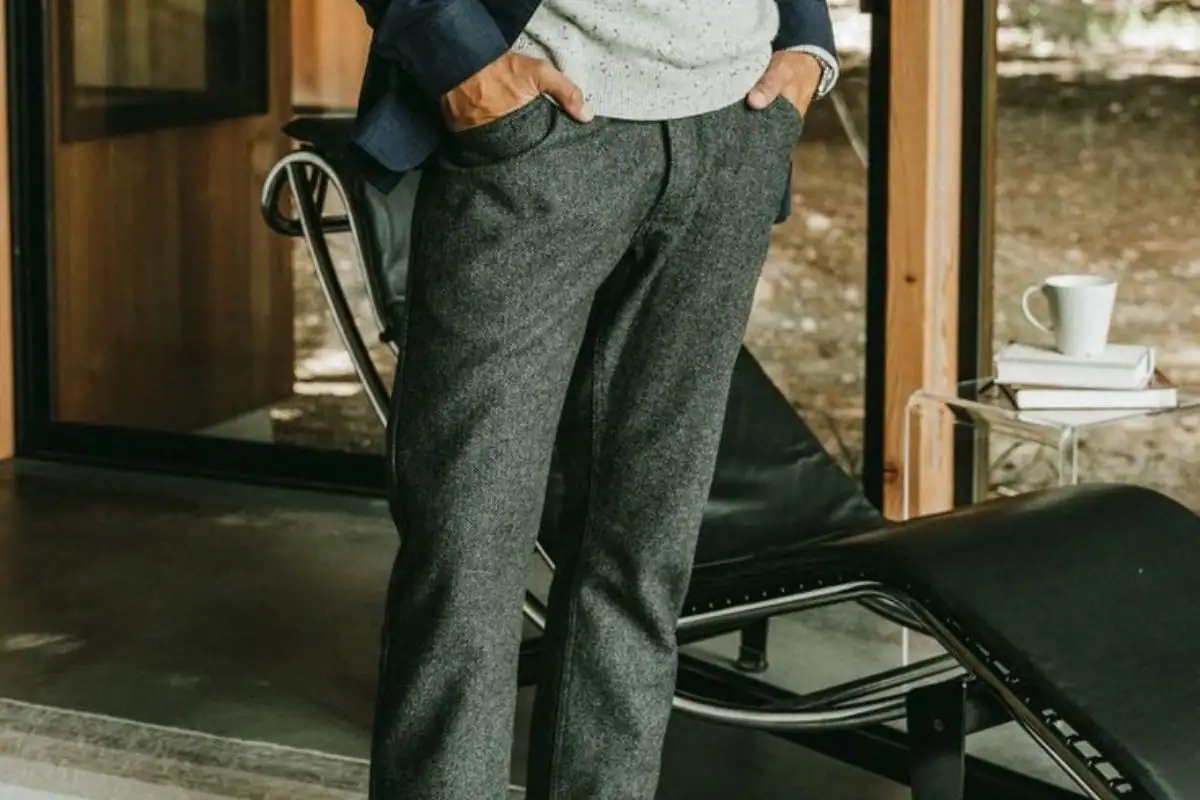
Advertisement
Pay Attention to Your Shoes
Don't underestimate the impact of your footwear. Hiring managers often notice details like shoes. When in doubt, opt for dress shoes and avoid sneakers or sandals. Women should steer clear of stiletto heels, while both men and women should avoid loafers, flip-flops, or overly casual shoes in professional or business casual settings. Remember, from head to toe, your appearance should convey professionalism.
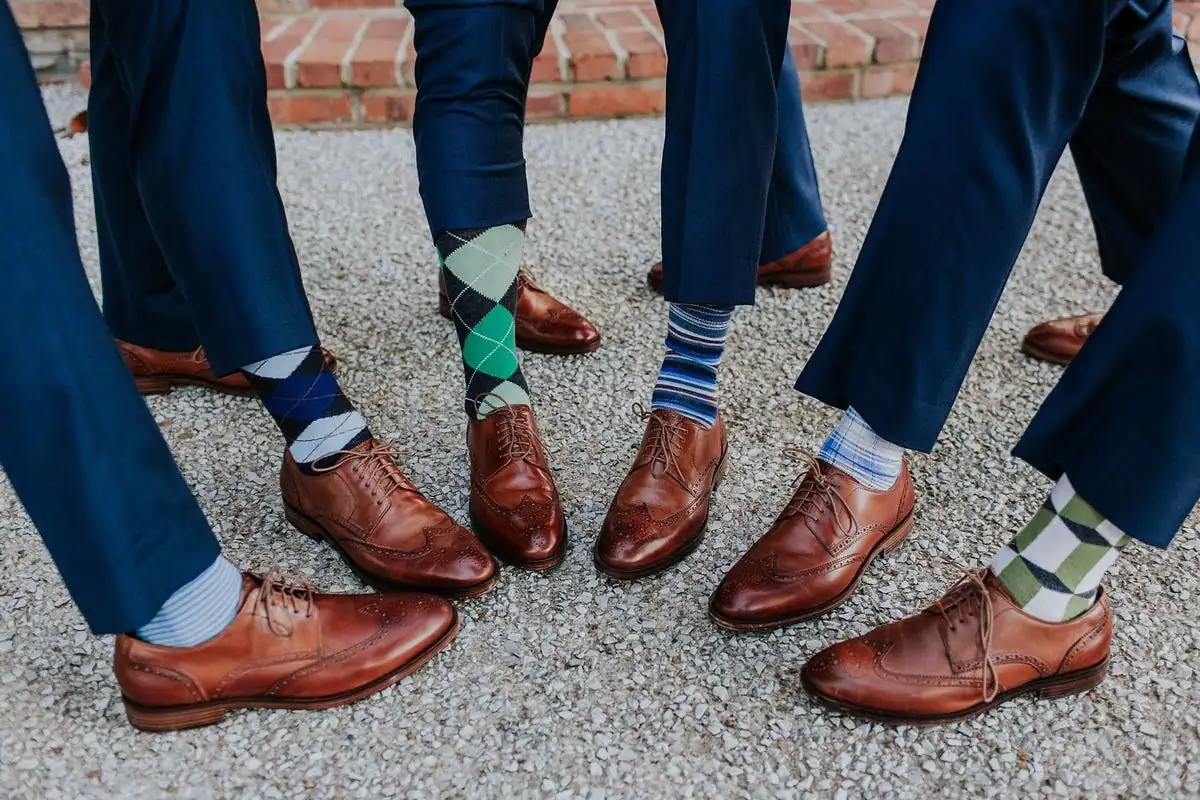
Advertisement
Try On Several Outfits Before the Interview
It's a good idea to try on multiple outfits before the big day. This practice helps you choose the most appropriate attire and ensures everything fits well. Consider asking a friend for their opinion. That bright orange blouse or those retro pants might be your favorites, but they may not make the best impression on an interviewer. After all, two heads are better than one when making important decisions.
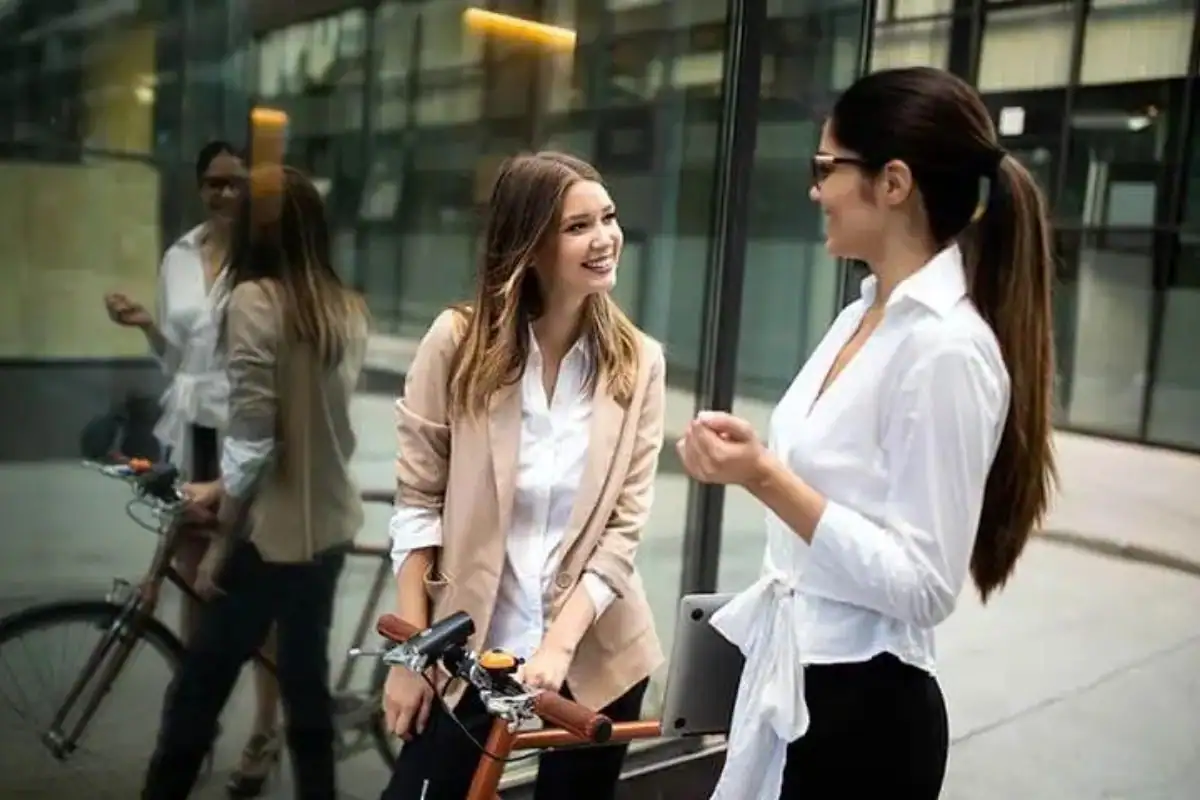
Advertisement
Be Cautious with Perfume and Cologne
When it comes to scents, less is more. It's best to smell clean, so stick to just showering and using deodorant before your interview. Avoid perfumes, colognes, or aftershaves. Not only do they add nothing to the impression you're trying to make, but they could also negatively affect someone with allergies or sensitivities. You wouldn't want a strong scent to distract or discomfort the interviewer.
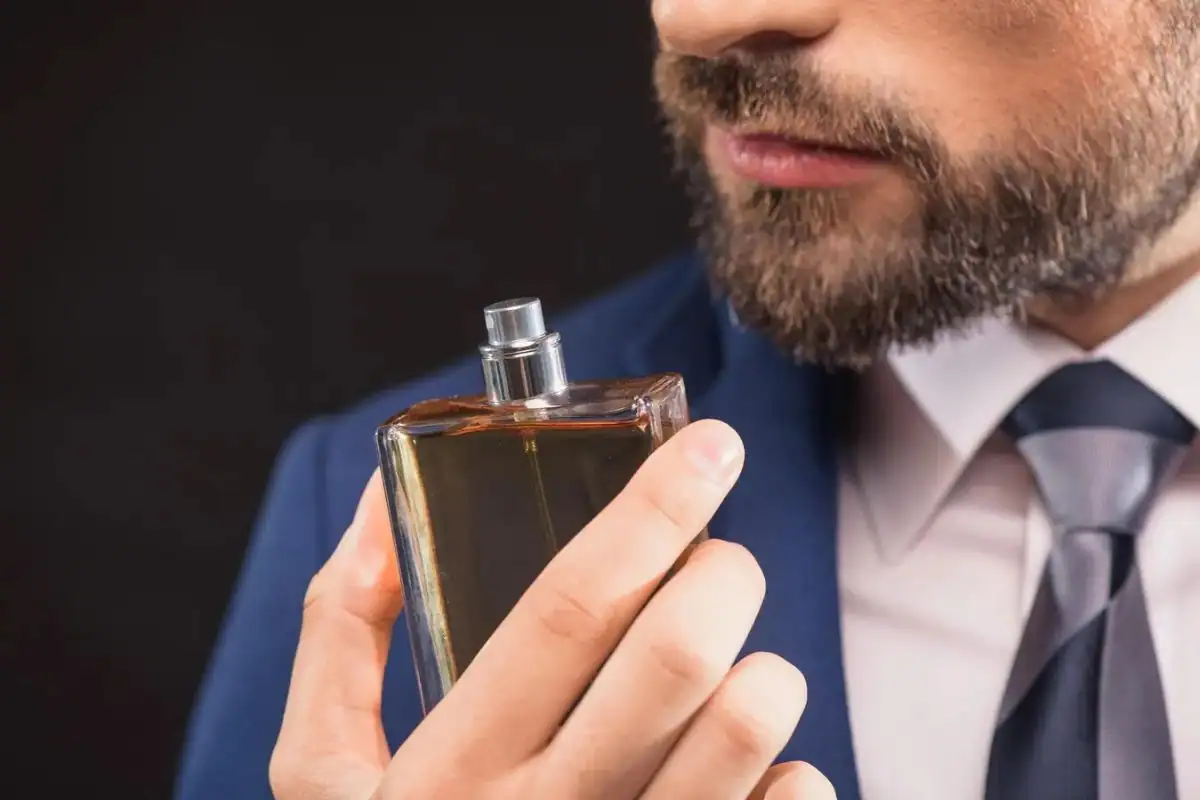
Advertisement
Show Respect for the Interview Process
While it's fine to listen to your favorite tunes on the way to the interview, make sure to remove earbuds or headphones before entering the building. Turn off your cell phone to avoid distractions. Appearing focused and interested, even while waiting, can make a positive impression. If you seem disengaged, the hiring manager might not take you seriously and could rush through the interview. After all, you never get a second chance to make a first impression.

.png)




